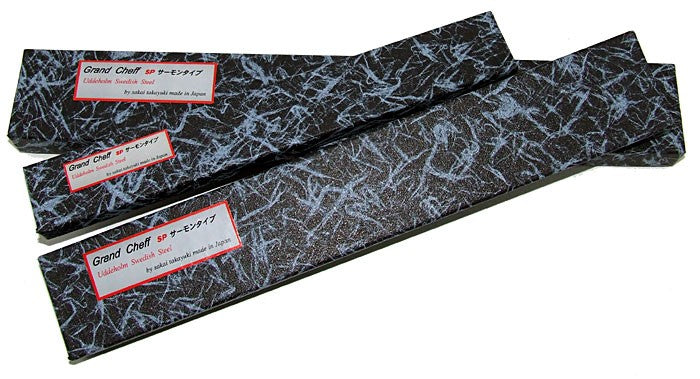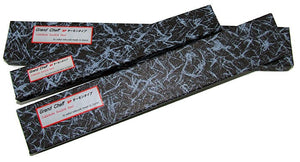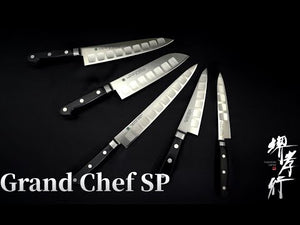Your Cart is Empty
- Sakai Takayuki 33-Layer Damascus
- Sakai Takayuki Homura Guren
- Sakai Takayuki ZA-18 69-Layer Damascus
- Sakai Takayuki 63-Layer Damascus
- Sakai Takayuki Traditional Japanese
- Sakai Takayuki Grand Chef
- Sakai Takayuki Grand Chef Japanese
- Sakai Takayuki Aonikou Blue-2 Carbon Steel
- Sakai Takayuki Inox
- Other Sakai Takayuki





